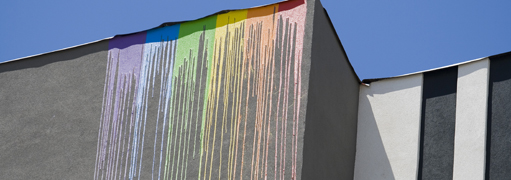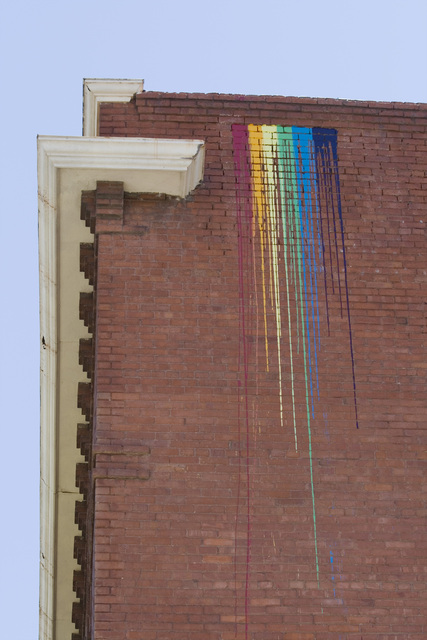Rainbow Warrior: Albuquerque’s Most Controversial Public Artist Speaks
The Alibi Speaks With Albuquerque’s Most Controversial Public Artist


Rainbow on the Anasazi building downtown.
Eric Williams ericwphoto.com









